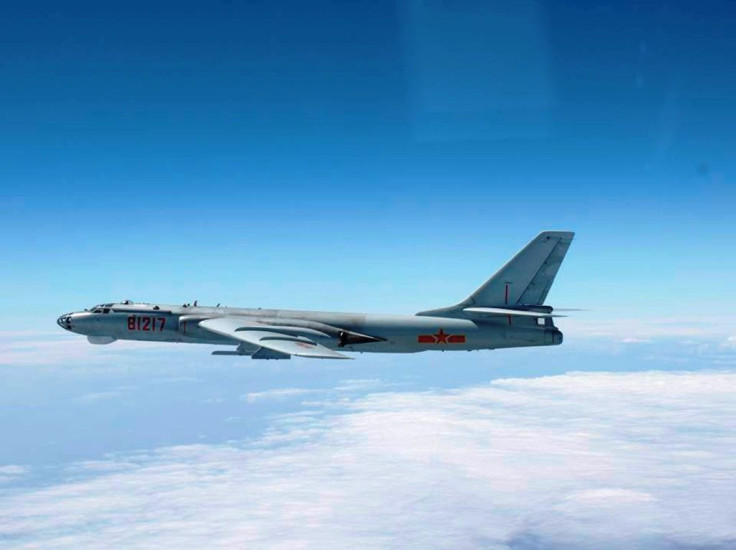China Defends PLA Jets' Actions As 'Reasonable', Tells Canada To Restrain Its Troops
KEY POINTS
- China said it conveyed its protest to Ottawa via diplomatic channels
- Beijing urged Canada to "face up to the seriousness of the situation"
- It also warned Ottawa of consequences if it does not avoid risky actions
China lashed out against Canada on Monday, asking Ottawa to restrain its frontline troops from "risky and provocative behavior" in the disputed waters of Asia. Beijing also defended the action of PLA troops as "reasonable" and "professional."
Beijing's response comes days after Canadian Prime Minister Justin Trudeau accused China of harassing Canadian military jets in the skies above Asia. Canada had alleged that its aircrews had to alter their path to avoid collisions while operating in international airspace near North Korea.
However, Beijing accused Canadian warplanes of stepping up reconnaissance against the Chinese military, reported South China Morning Post. Chinese defense ministry spokesman Wu Qian said Beijing had also made solemn representations to Ottawa via diplomatic channels in this regard.
"Recently, using the excuse of carrying out UN Security Council Resolutions, Canadian military aircraft ramped up its close-in reconnaissance provocations on China, harming China's national security and putting personnel’s safety at risk on both sides," Wu said in a statement.
He also urged Canada to "face up to the seriousness of the situation and to avoid any risky or provocative actions, or Canada shall bear serious consequences." He, however, did not provide any details as to when and how the Chinese aircraft handled the encounter.
Earlier, Zhao Lijian, a spokesperson at China’s Ministry of Foreign Affairs, said that the UN Security Council Resolutions "never authorized any country to deploy forces in another country’s territorial waters or airspace to monitor activities violating resolutions."
However, Ottawa has maintained that the incidents took place in international airspace, which Beijing has not disputed. Canada has been conducting such monitoring missions to identify evasions of maritime sanctions by Pyongyang since 2018.
Not only Canada, even Australia recently accused Chinese warplanes of carrying out a dangerous maneuver near one of its aircraft over the South China Sea. It said the PLA jet released flares before cutting in front of the Australian surveillance plane. The "bundle of chaff" released by the PLA plane had contained small pieces of aluminum that entered the Australian aircraft's engine, Australian Defence Minister Richard Marles had said.
However, the Chinese state-backed news website Global Times said the Australian aircraft was conducting close-in reconnaissance and made provocative moves on China, just like the Canadian aircraft. The report, quoting analysts, said it was "possible that the Australian P-8 was about to enter or even did trespass on Chinese airspace."

© Copyright IBTimes 2024. All rights reserved.





















